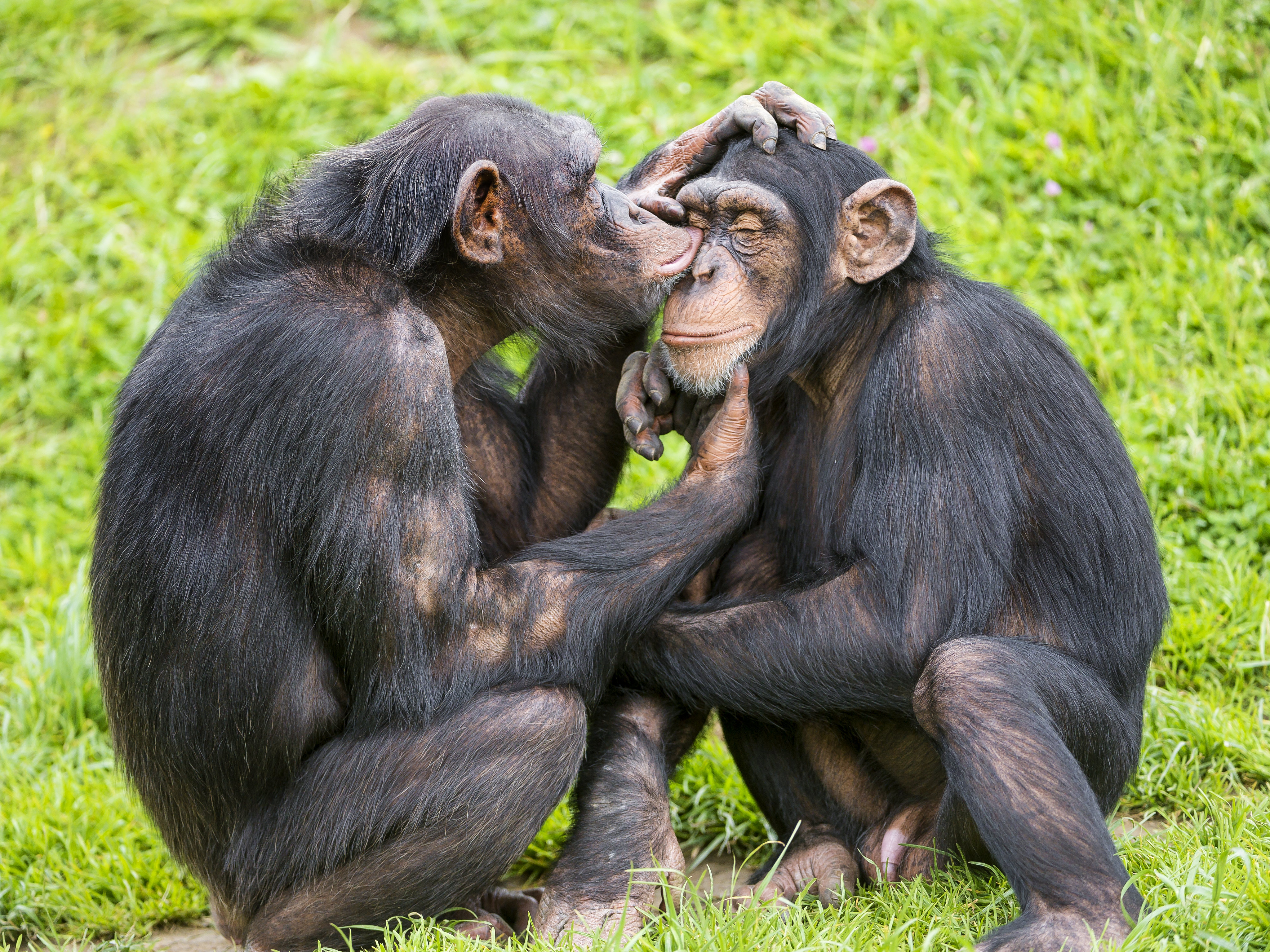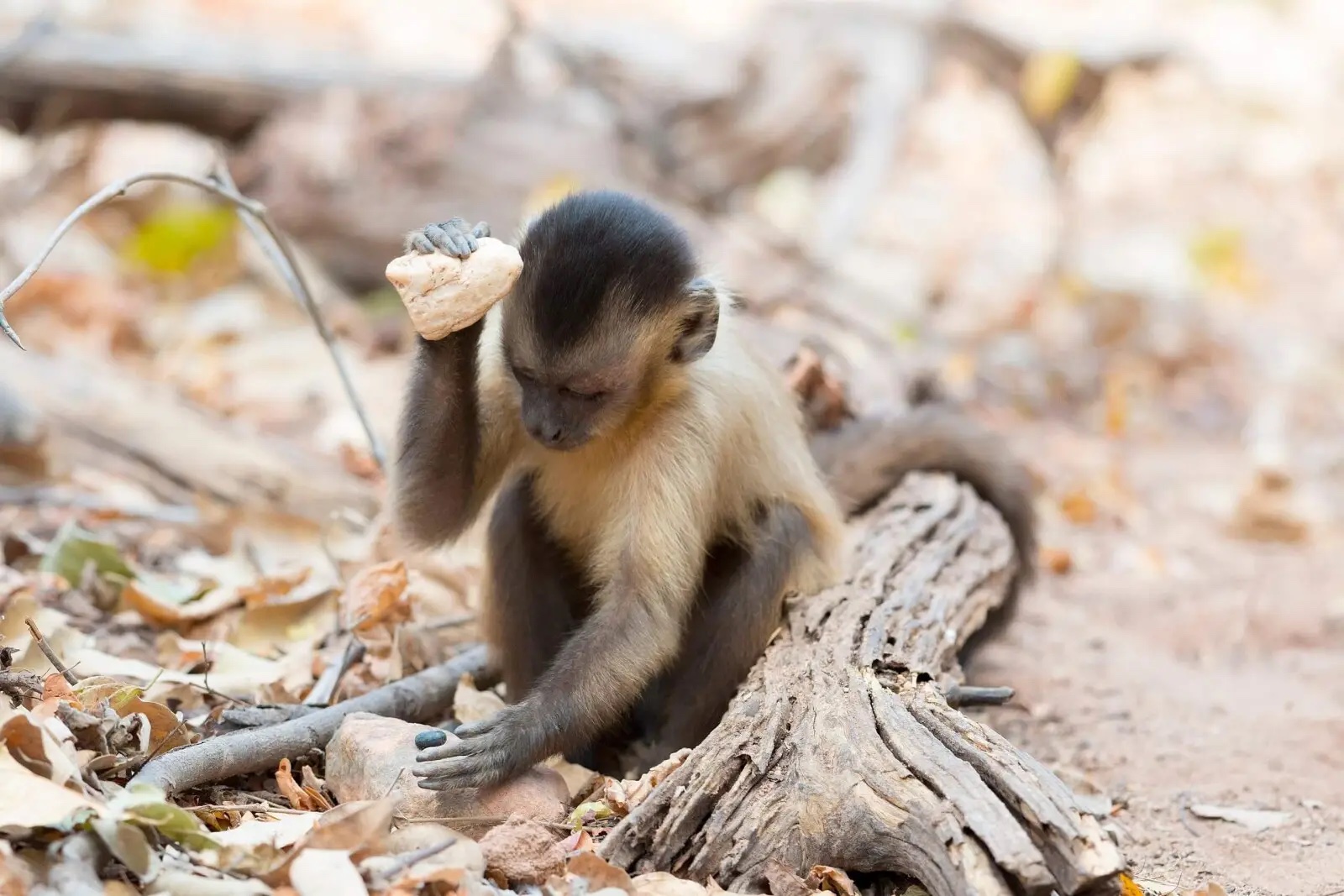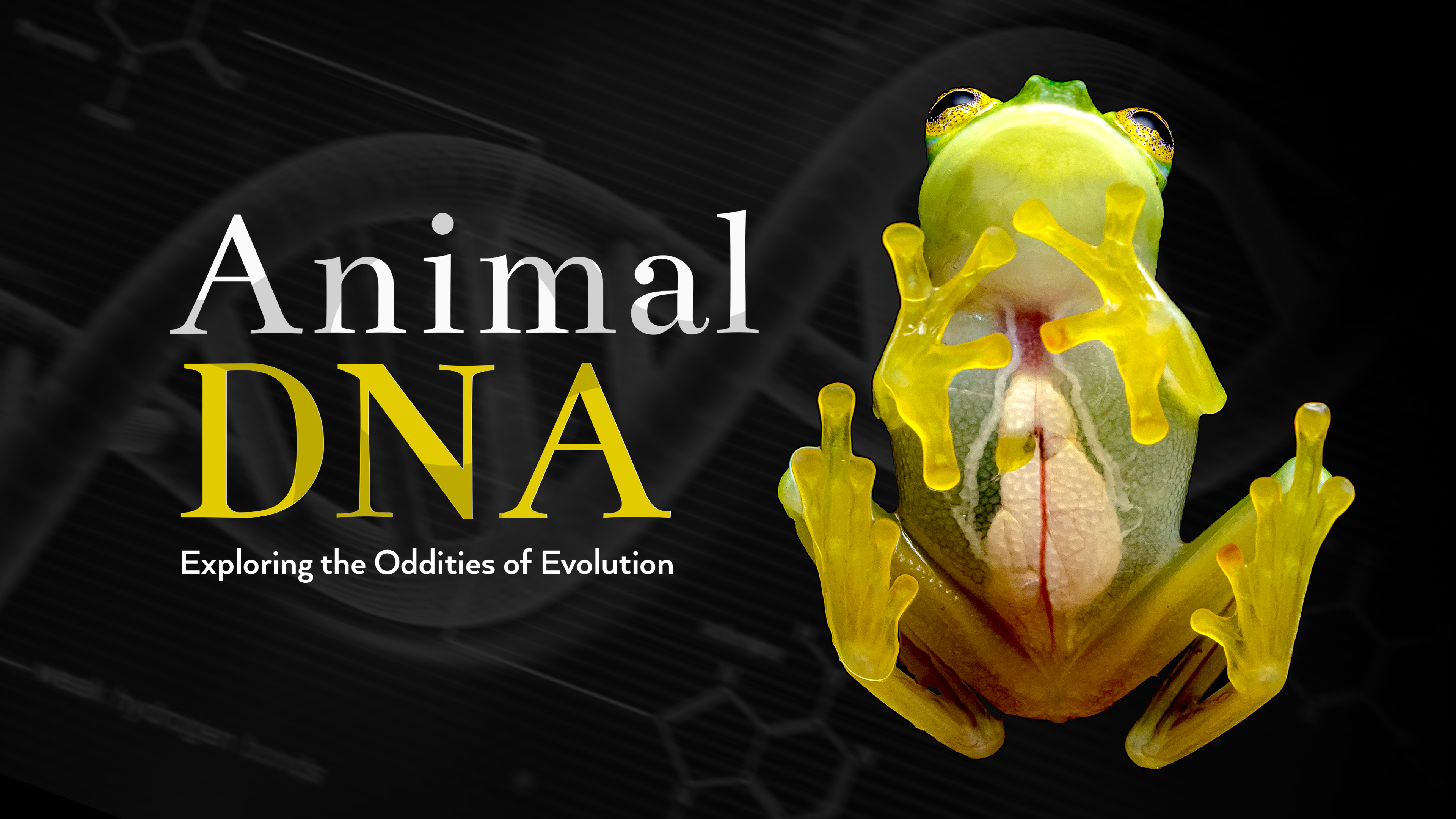Sure, humans have accomplished a lot, but our non-human friends can do some really cool stuff, too.
◊
We humans think quite highly of ourselves, and not without some justification. No other life form on Earth has achieved intellectual feats like Homo sapiens sapiens. Whether it’s the development of language and writing systems, the Scientific Revolution, computing technology, space exploration, or medicine, we humans are pretty spiffy. But are we really all . . . that?
For all our remarkable achievements, there are just as many bad ideas, and even atrocities – and for what? From all appearances, humans still haven’t figured out how to live without inflicting catastrophic damage and causing immense suffering. Is there any other life form on Earth that can compete with us for Earth’s Evil Genius? Probably not.
See how animals survive and thrive in diverse environments in this enlightening MagellanTV series.
In fact, one of our greatest errors has been to underrate and otherwise disparage non-human animals’ extraordinary capacities. Just because they don’t send spaceships on expeditions to Mars or tinker with genomes doesn’t mean they aren’t amazing – and, truth be told, non-human animals are generally just really good company.
Echolocation, Electroreception, and Enhanced Vision
We humans wish we had the cool super powers, like X-ray vision, but many of our animal friends are born with them. From echolocation to enhanced vision, animals navigate in extraordinary ways. For example, bats use echolocation to hunt in complete darkness. By emitting high-frequency sounds, which bounce off objects, bats map their environment. Dolphins, too, use echolocation in murky waters, clicking and whistling to find their prey.
Some animals, like sharks and rays, can detect electric fields generated by other organisms, which help them zero in on prey. Electric eels generate their own electric fields to navigate their environment, communicate with each other via low electric organ pulses, and stun their prey.
A dog’s olfactory sensitivity is orders of magnitude greater than a human’s. It’s easily 10,000, if not 100,000 times as sensitive. When it comes to smell, a dog’s life is, consequently, radically more sophisticated than ours.
Eagles and hawks can see small objects from afar. A hawk’s eyes can spy a mouse in a field from 100 feet in the air, while an eagle can see the little critter as far away as two miles. (That said, hawks have a greater field of vision than eagles, 320 to 270 degrees, respectively.)
Not to be outdone in the vision department, the humble little mantis shrimp boasts the most complex eyes in the entire animal kingdom. Not only can they detect polarized light, but they can also see a broader range of light frequency than we can – and that includes ultraviolet light. (They have 16 photoreceptors compared to our measly three.)

A zebra mantis shrimp in Prague Sea Aquarium (Credit: Karelj, via Wikipedia)
Speed, Endurance, Strength, and Power
When it comes to speed, endurance, strength, and power, non-human animals have us beat. Cheetahs can reach speeds up to 70 miles per hour in short bursts, while arctic terns migrate between the Arctic and the Antarctic — a round trip of about 30,000 miles – every year. (I’m exhausted.)
The pronghorn antelope is also swift, but it can maintain a 40-mile-per hour speed for about 30 minutes. (I need to lie down.) The pronghorn’s speed and endurance help it evade predators like wolves, bears, and bobcats.
Believe it or not, the cheetah and pronghorns are slugs compared with the Sahara silver ant, which is not only remarkably heat tolerant but also super-fast. It’s so fast it covers 100 times its own body length in a second! (They must get a lot done every day.)
If you want a powerlifter, see your local dung beetle. Relative to their size, the little poop eaters (they prefer herbivore to omnivore excrement, if you want to be thoughtful about giving one a treat) are swole. They can move objects over 1,000 times their size!
.jpg)
.jpg)
Dung beetles sculpture at the London Zoo (Credit: Katie Chan, via Wikimedia Commons)
While the dung beetle’s power is kind of hard to wrap your head around, the gorilla’s prowess is well known. Muscle mass and body structure make it a remarkably strong cousin to us humans.
Extreme Temperature Tolerance, Camouflage, and Mimicry
Non-human animals don’t need to wear someone else’s fur coat to stay warm or Chanel to blend in with the swells and other hoity-toities. Whether it’s a frog’s internal antifreeze or a Fennec fox’s sun-reflecting coat, these animals are naturally equipped to deal with some pretty extreme environments. Tardigrades, also known as water bears or moss piglets, are teeny-tiny micro-animals that can live in temperatures close to absolute zero, high radiation levels, and the near-vacuum of outer space.
Octopuses, chameleons, and leaf insects all have wonderful camouflaging capacities. All can blend in with their surroundings so effectively that they cannot be easily sighted. (It’s the introvert’s dream power!)
Tool Use, Communication, Complex Social Behavior, and Implications for Moral Status
Chimpanzees and crows use tools to access food. Chimps use sticks, for example, to extract termites from hard-to-reach places, and stones to crack nuts. Crows and ravens have been observed to bend wires into hooks to retrieve food. In addition, chimps, ravens, and crows exhibit social behaviors, such as cooperation and game playing, and their social structures are complex.


Young chimps grooming each other (image credit: Tambako the Jaguar)
While primates like bonobos and chimpanzees live in hierarchical societies, there are some distinct differences. Bonobo social organizations are matriarchal, while chimpanzee hierarchies are patriarchal. In addition, the bonobo social structure is more fluid than that of chimpanzee society, and the bonobos themselves are less aggressive than chimpanzees. Both types of societies form strong internal bonds, often through behaviors like grooming, and learning occurs through observation and imitation.
Elephant societies are also typically matriarchal (Girl power!) and reflect cooperation and strong social bonds. In addition, they exhibit behaviors associated with empathy. When an elephant dies, herd members revisit the site, sometimes for years. They may touch the body or, much later, move bones to another location. They become quiet, intertwine trunks, and stand close together.
Not to be outdone by land animals, marine mammals such as dolphins and orcas live in pods that exhibit cooperative behaviors and vocalizations during hunting, play, and social learning. Octopuses, on the other hand, tend toward the solitary life – and why not? They have plenty of company already, since their arms are mini brains! Nevertheless, studies have shown they exhibit complex social interactions, such as cooperation and play.

Elephant family in Queen Elizabeth National Park, Uganda (Credit: Giles Laurent, via Wikimedia Commons)
Social structures exist not only in large animals like elephants and whales, but also in very small creatures. Insects like ants and bees live in highly organized social structures. Bee and ant colonies, for instance, have clear social hierarchies that include labor divisions. In addition, they have sophisticated communication systems. Bees engage in “waggle dances” to communicate things like resource locations to hive members, and ants use chemical trails to food and as alerts to dangers.
As we can see, just these few examples of tool use and communication imply that non-human animals have greater cognitive capacities than humans have historically acknowledged. High-level capacities such as problem-solving and planning have generally been associated exclusively with humans.

A juvenile capuchin monkey using a rock as a tool (Credit: Animalia)
Not only do non-human animals’ abilities to communicate, form sophisticated social bonds, and use tools suggest there’s more under the hood than typically believed, but experimental results have also suggested some animals are self-conscious. Great apes, dolphins, orcas, elephants, and magpies have passed what is known as the mirror test. When looking in the mirror, the animal will try to wipe off a mark on their face – a mark that’s actually on the mirror. This suggests they know that they see themselves, and believe they’re wiping away some schmutz.
Fish called cleaner wrasses have passed a modified version of the mirror test, and pigs have been observed using mirrors to find hidden food. All this and more suggest that non-human animals have capacities for robust lives – lives we would be wise to respect. Yes, we humans are having a good run at the apex of the animal kingdom, but we are already tripping over our hubris. Just consider the ways we have disregarded ecosystems, experimented on non-human animals, paved over marshland, and turned animal farming into an industrial behemoth. In some important ways, our non-human animal friends may be much better at living than we are.
Ω
Mia Wood is a philosophy professor at Pierce College in Woodland Hills, California. She is also a MagellanTV staff writer interested in the intersection of philosophy and everything else. She lives in Little Compton, Rhode Island.
Title image credit: Adobe Stock


